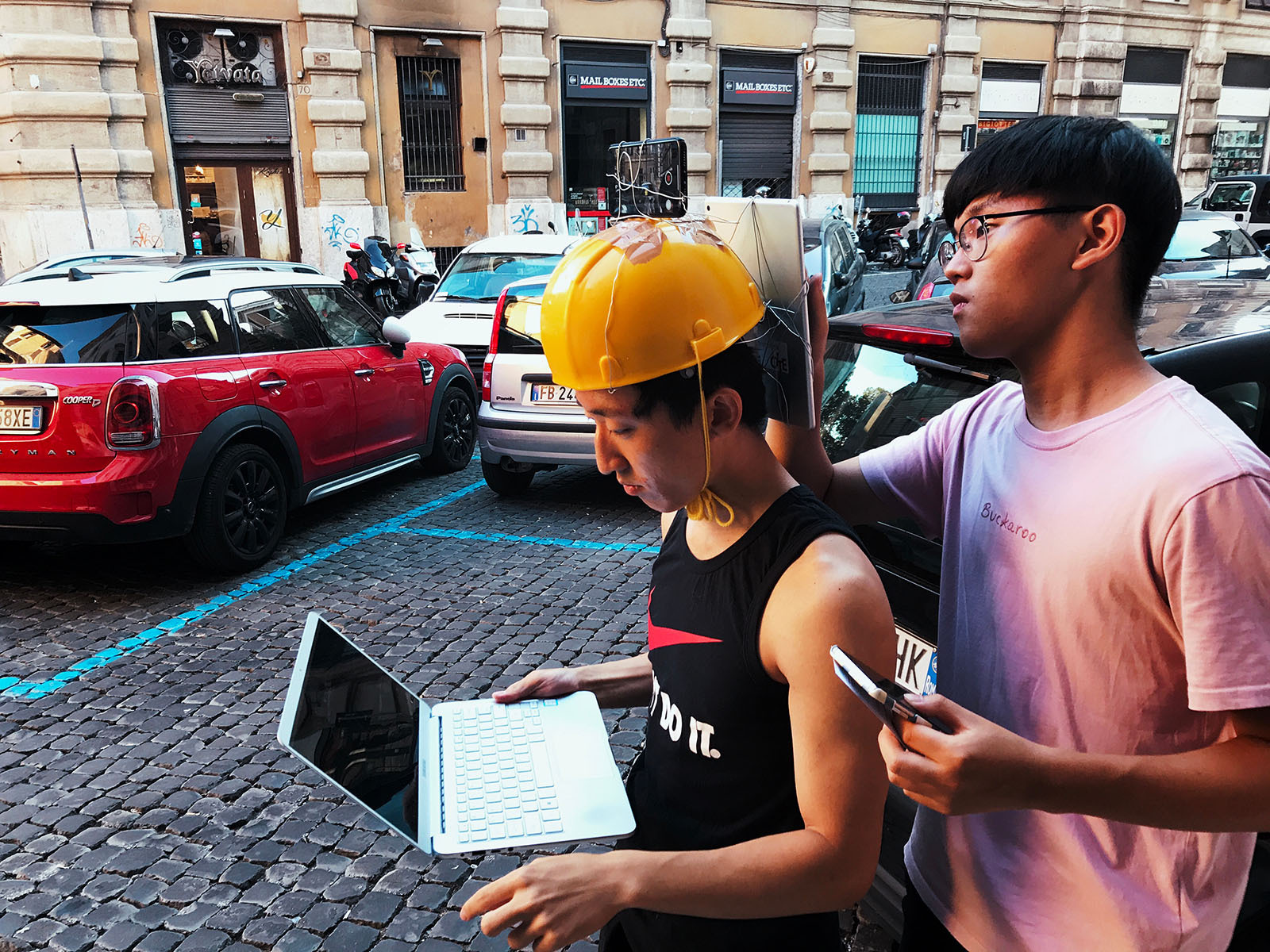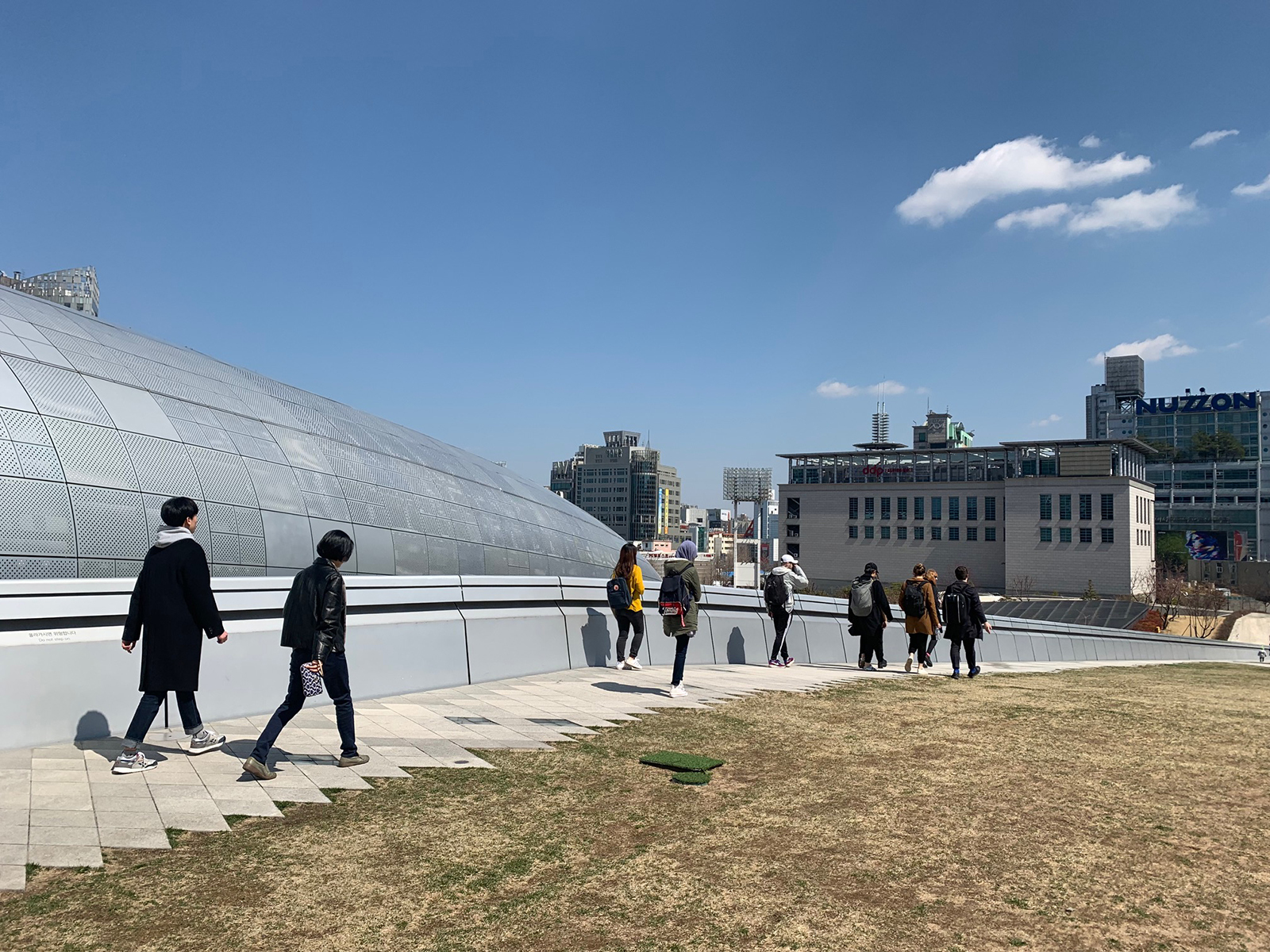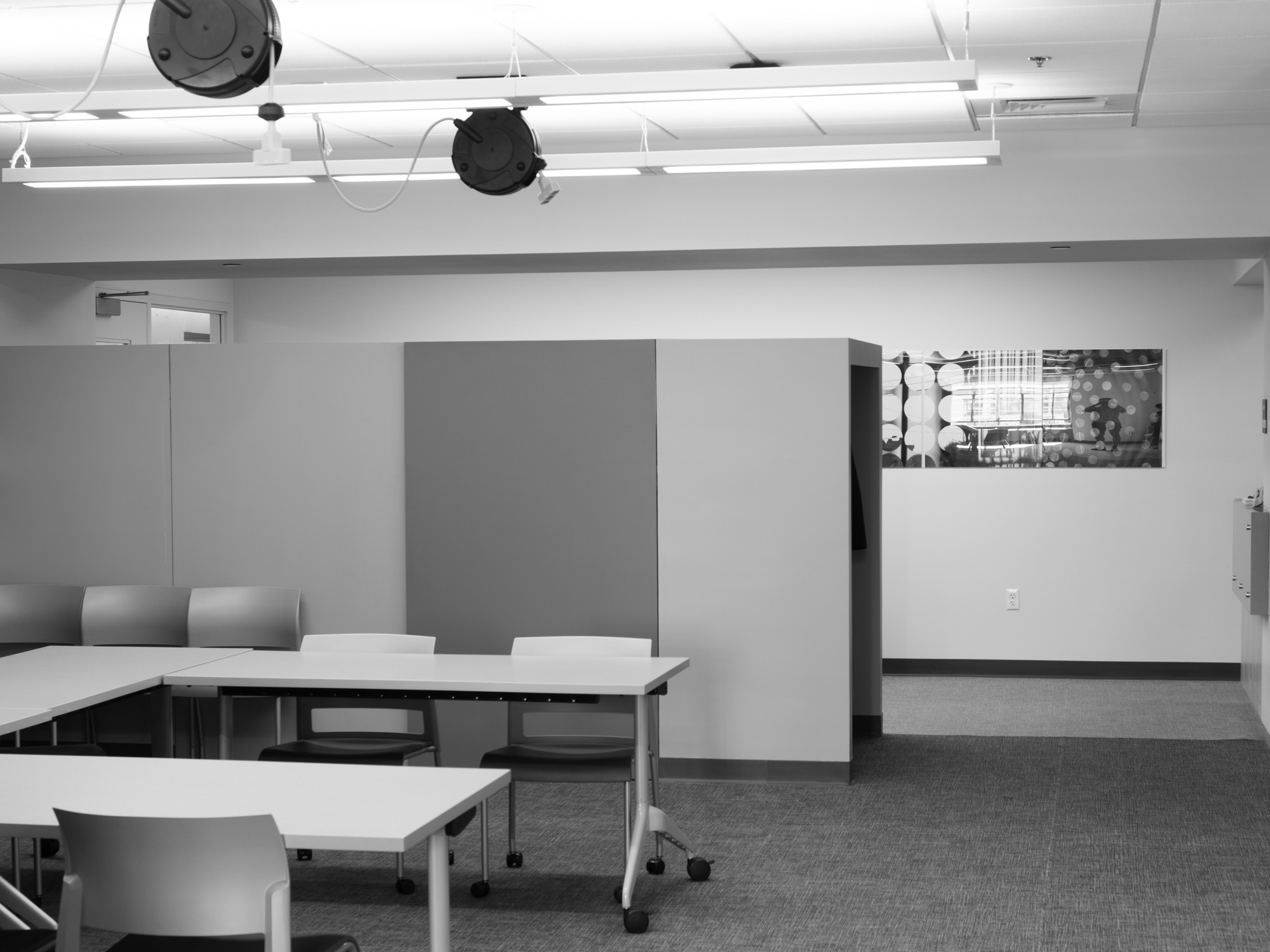About this Travel Course
Course Description
Glass is a material unlike any other. Glass can be reflective, opaque, translucent, or transparent. It can focus, refract, distort, and bounce light. It can also be formed into nearly any shape; it can be bent, stretched, blown, poured, pressed, and sculpted. Japanese machiya style architecture is a form of structure unlike any other. It consists of malleable layers of wood, rice straw, mud, paper, and glass. It channels layers of light through varying mechanisms of transparency, translucency, and opacity. Various rooms can be closed off separately or many rooms can be opened up collectively. Akita City is a city unlike any other in Japan. It is tucked away in the Northwest of the main island of Honshu. It is bordered to the west by the Sea of Japan and to the east, north and south by mountains and forests. Its seclusion brings out some interesting characteristics: distinct local dialect, regional specific festivals and folk culture, amazing quality of rice, traditional crafts, and extremely fresh fish. Because of its seclusion it is not a major tourist destination.
Students will travel to Akita City, Japan where they will embark on a concentrated studio course that utilizes glass-making to challenge traditional Japanese Architecture. After a brief, pre-trip introduction to glass making techniques in the RISD Glass facilities, the class will first go to Toyama City, nicknamed Japan’s Glass City. Here we will visit the Toyama City Institute of Glass Art, The Toyama Glass Studio, and the Toyama Glass Art Museum designed by famed architect Kengo Kuma. Students will also visit the private glass manufacturing studio of Peter Ivy, owner of Flow Lab. This three-day foray into Toyama will serve as a springboard of inspiration as the class travels to Akita City where they will set up their base location for this course.
Utilizing the glass facilities of the Akita University of Art, student will set about exploring the possibilities of the medium to act as a barrier (windows/screens), a lens (lighting), a mirror and a sculptural medium. Matsukra Family Residence, now a public site of traditional Japanese architecture, will serve as the installation space. The class will visit this site upon initial arrival to Akita City to conceive of ways glass might act as an intervening element while simultaneously enhancing and challenging the way people might engage with it. In the studio students will cover basic ways of manipulating glass that can quickly yield a variety of unique forms.
By the third week students will be ready to install their intervention of the architecture and will share it through a week-long exhibition open to the public. During the stay in Akita City students will also venture out into neighboring towns to visit specific architectural and cultural sites in an effort to enhance their understanding of local aesthetics


